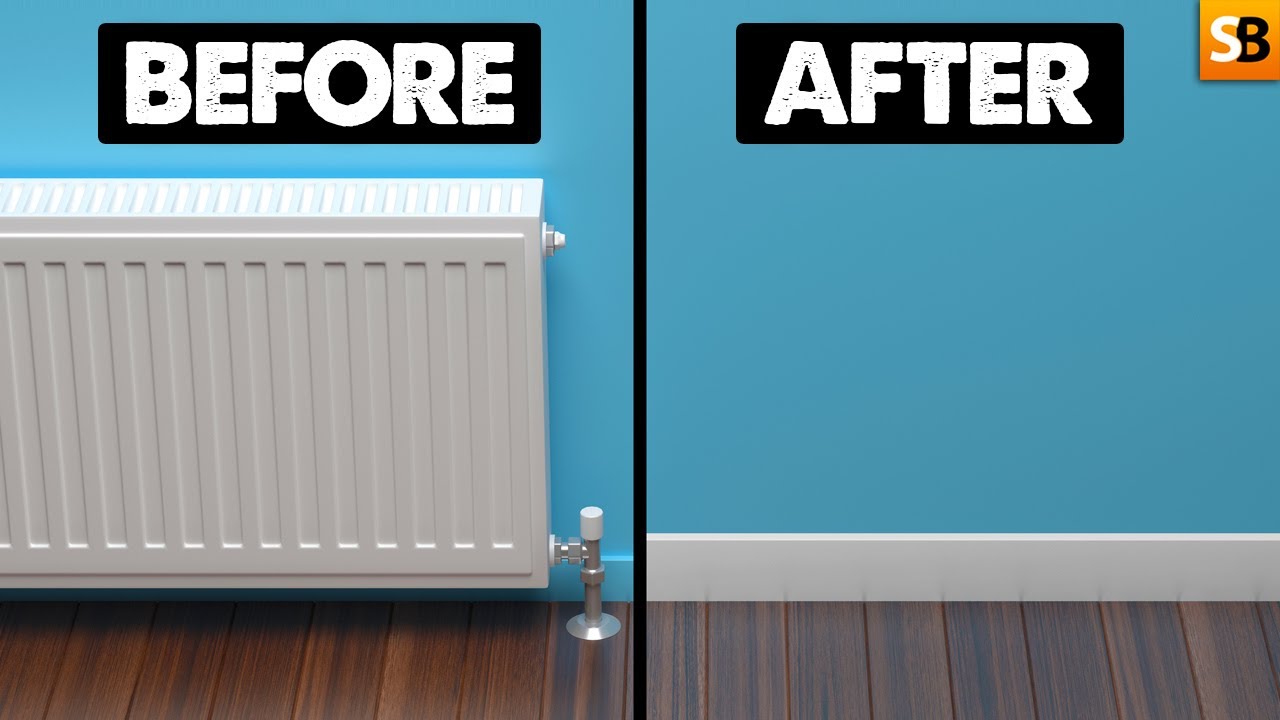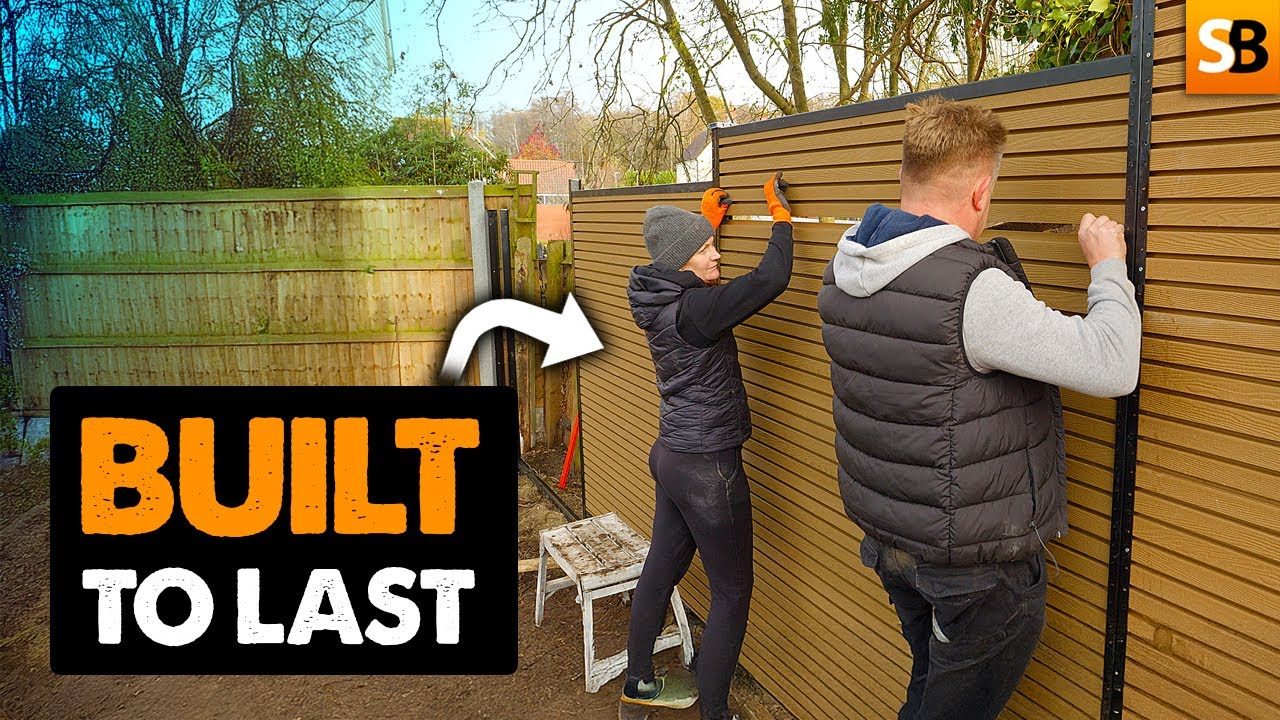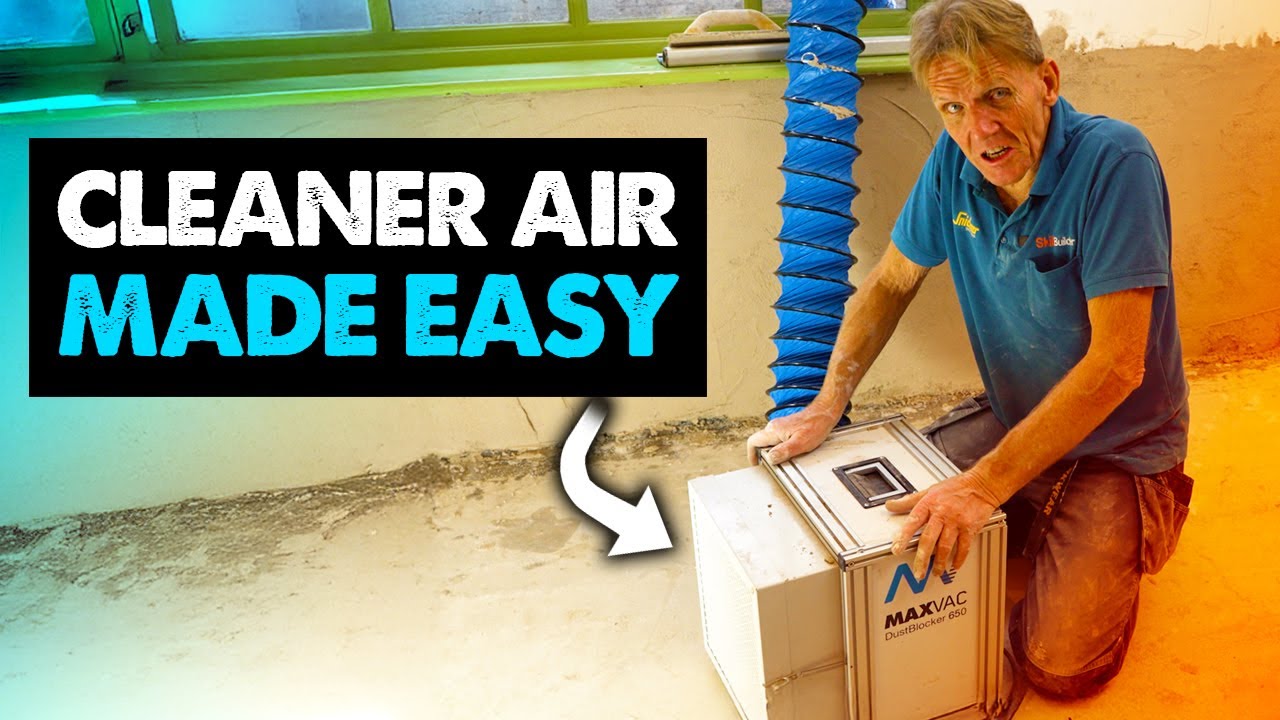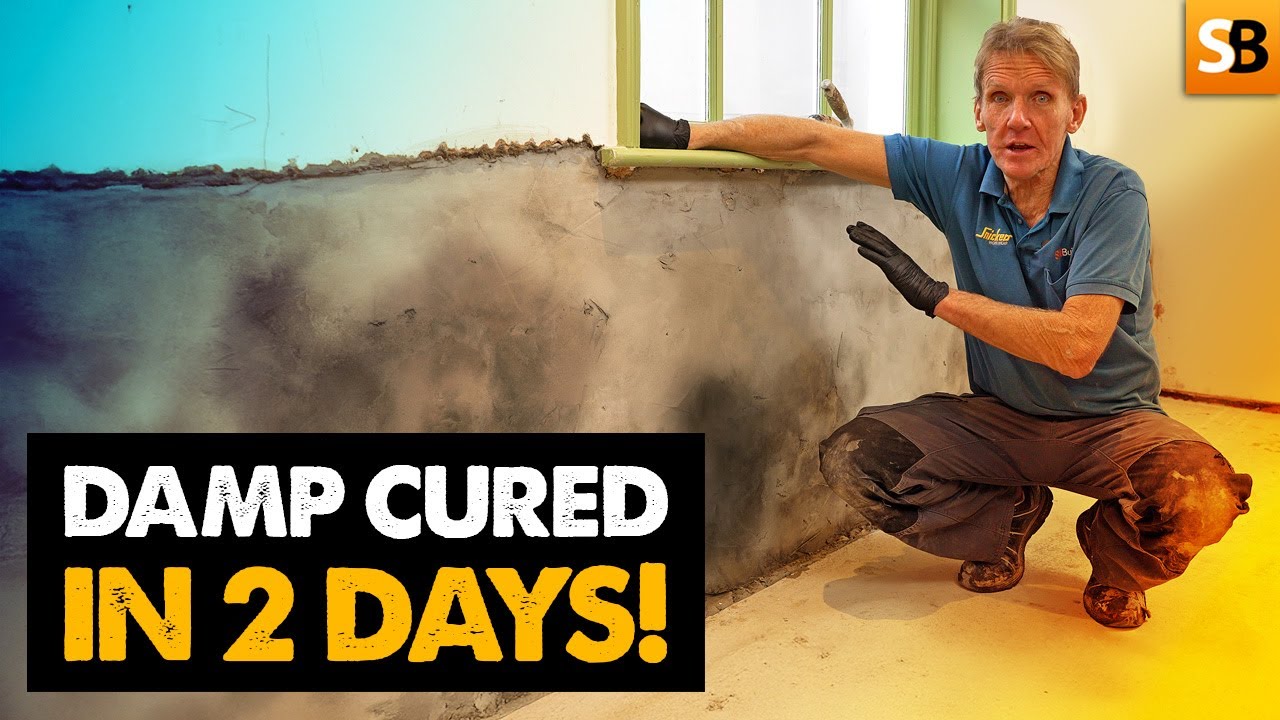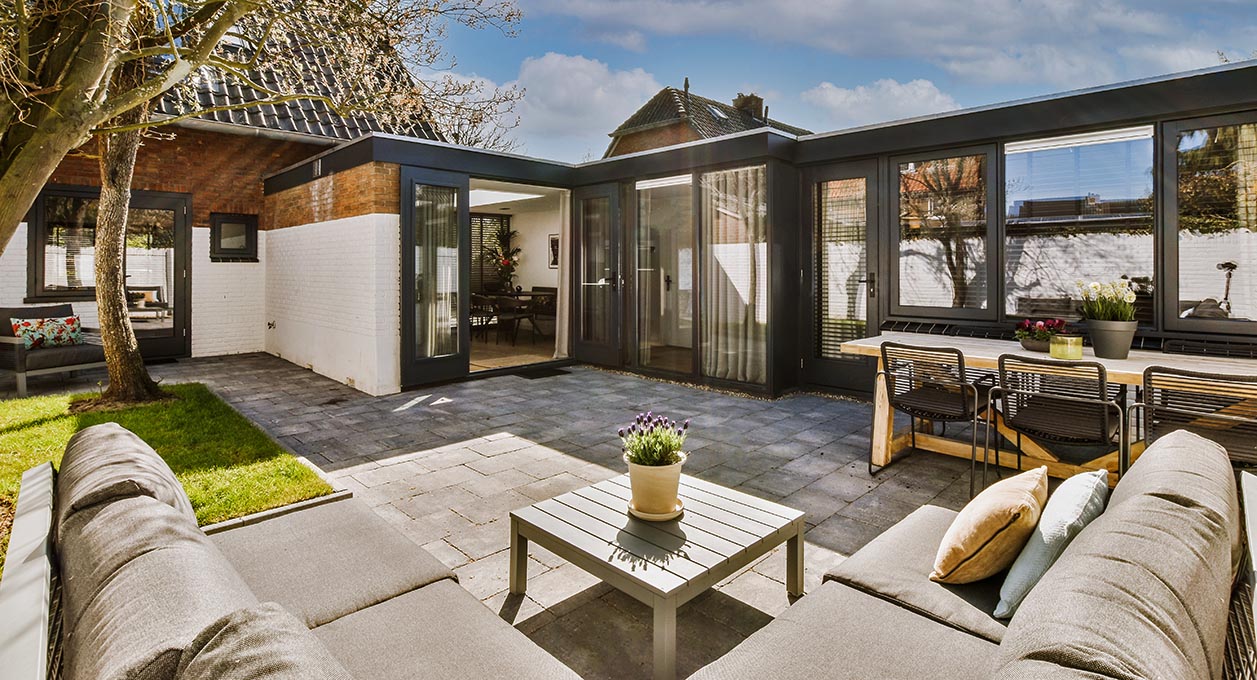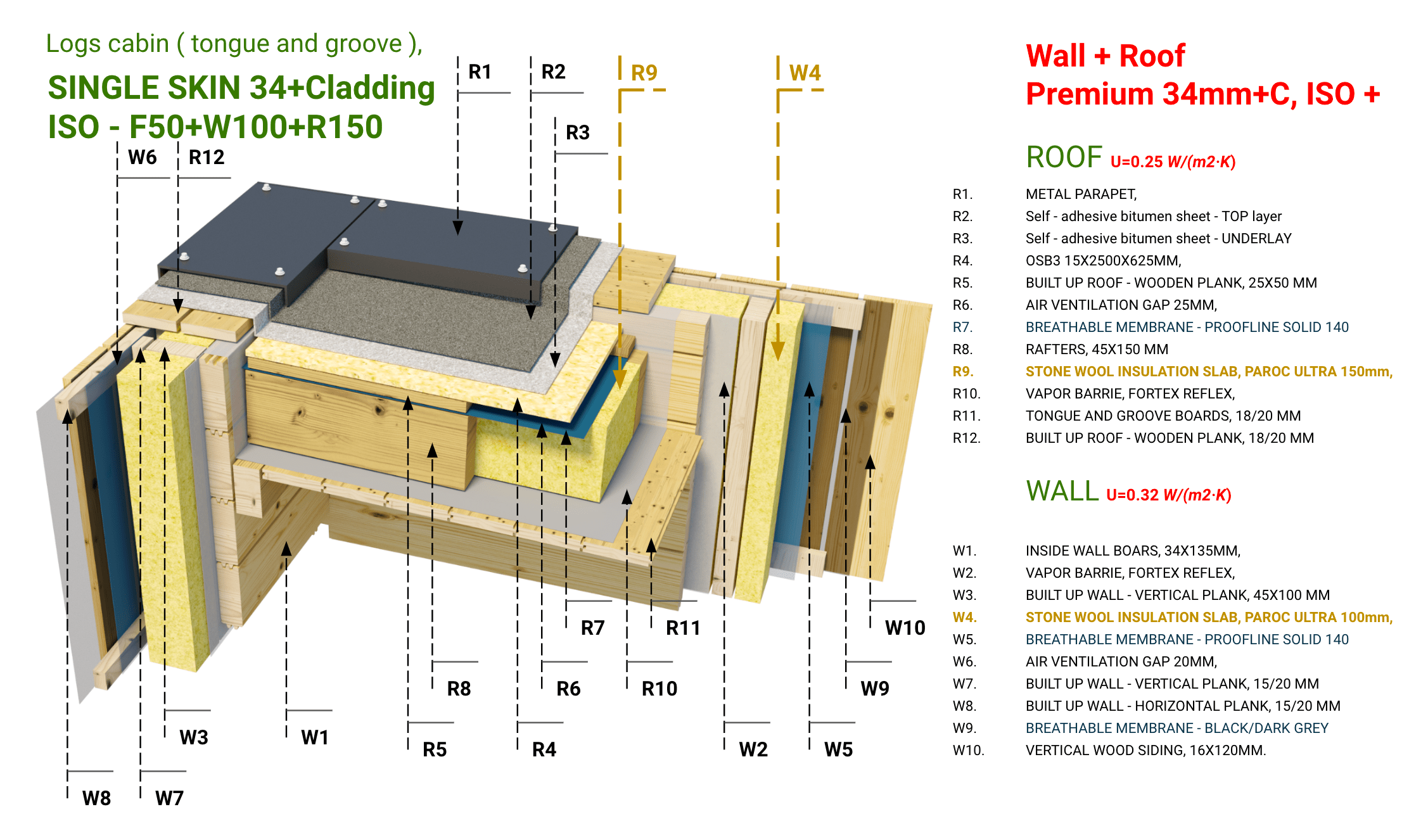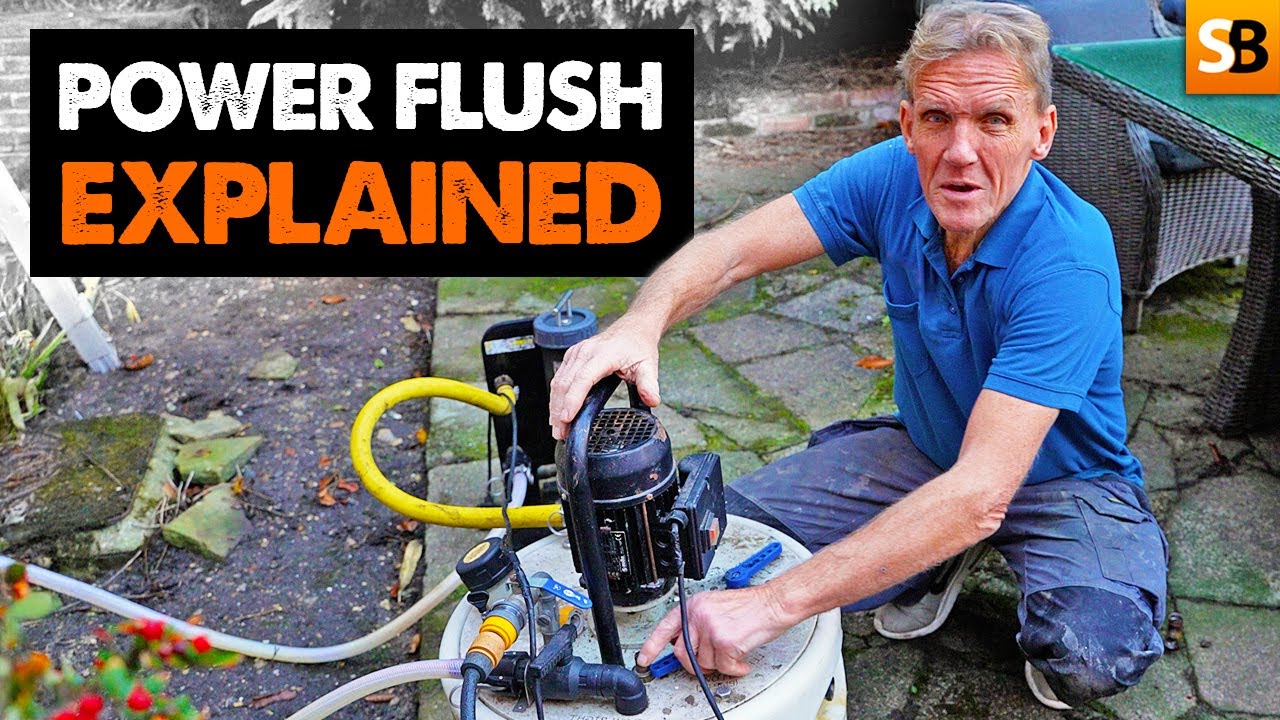Outdoor spaces serve as an extension of our homes, providing a sanctuary for relaxation and creativity. Imagine stepping into a garden that reflects your personality and style, where every element is carefully chosen to enhance its beauty and functionality.
Many homeowners overlook the potential of their gardens, settling for basic layouts. By incorporating innovative design ideas, you can transform your outdoor space into a stunning haven, that captivates and inspires.
Exploring Unique Elements to Elevate Your Garden
A garden should be more than just a patch of grass; it should reflect your individual taste and lifestyle. Enhance your outdoor area by introducing vertical gardens, water features, or artistic sculptures.
Vertical gardens use vertical space and can add a vibrant splash of greenery, especially in smaller areas. They can be tailored to your preferences with various plants that bloom at different times of the year, ensuring continuous interest.
Water features like fountains or small ponds introduce tranquil sounds and attract wildlife, creating a peaceful atmosphere. Consider installing a small pond with aquatic plants and fish, which can become a focal point in your garden.
Incorporating art—whether through sculptures, decorative stones, or even murals—adds a personal touch and sparks conversation. Each element brings a new dimension to your garden, inviting exploration and admiration.
Designing Functional Zones
When planning your outdoor space, consider creating functional zones that cater to various activities. Define areas for relaxation, dining, gardening, or play.
For instance, designate a comfortable seating area with outdoor furniture to unwind with a book or enjoy tea. Use outdoor rugs and cushions to define this space and make it feel inviting.
A dining area with a table and chairs can be a perfect gathering spot for those who love entertaining. Enhance this zone with a pergola or shade sails to provide cover and create an intimate atmosphere.
To further define these spaces, consider incorporating decorative fence panels. These panels can act as visual dividers, adding structure and style while helping delineate your garden’s different areas.
If you have children or pets, consider incorporating a play zone with safe, soft surfaces and engaging activities like a sandbox or a small climbing structure. Dividing your garden into functional zones improves usability and adds visual interest, making the space feel more dynamic and thoughtfully designed.
Harnessing the Power of Lighting
Lighting plays a crucial role in garden design, transforming the mood and usability of outdoor spaces. By thoughtfully integrating various lighting options, you can extend the usability of your garden into the evening hours.
String lights hung across seating areas create a whimsical ambience. Meanwhile, pathway lights can guide visitors safely through your outdoor space.
Consider using solar-powered lights for an eco-friendly option that requires minimal maintenance. These lights absorb sunlight during the day and illuminate your garden at night without increasing your electricity bill.
Additionally, incorporating spotlights on key features—such as trees, plants, or architectural elements—can enhance their beauty and draw attention to your garden’s unique aspects.
For a modern touch, consider installing smart lighting systems. These allow you to control the brightness and colour of your lights through an app. This flexibility can help set the perfect mood for any occasion, whether a quiet evening or a lively gathering.
Incorporating Sustainable Practices in Your Design
Sustainable practices are increasingly important in outdoor space design. Homeowners seek ways to reduce their environmental impact while creating beautiful outdoor spaces.
One innovative approach is to incorporate native plants adapted to local climates, which require less water and maintenance. Native species support local wildlife by providing food and habitat for pollinators, contributing to biodiversity.
Rain gardens can also be a fantastic addition. They allow you to manage stormwater runoff while creating a stunning feature. These gardens are designed to capture and filter rainwater, helping to reduce erosion and improve water quality.
Using permeable paving materials for pathways and patios can further enhance sustainability. These materials allow rainwater to seep through and recharge the groundwater.
Additionally, consider composting organic waste and utilising recycled materials in your garden. For instance, reclaimed wood can be used for raised garden beds or furniture. This gives new life to materials while adding character to your outdoor space.
Personalising Your Outdoor Experience
At the heart of transforming your outdoor space is the desire to create a personal oasis tailored to your needs and preferences. Consider your lifestyle and how you plan to use your garden.
If you enjoy entertaining, design spaces for gatherings with comfortable seating and outdoor dining areas. An outdoor kitchen with a grill and prep space can elevate your hosting game, allowing you to prepare meals while enjoying the fresh air.
If relaxation is your priority, incorporate hammocks or secluded nooks with comfortable seating. Consider adding a fire pit surrounded by loungers, perfect for cooler evenings when you want to gather with friends or family.
Including features like outdoor speakers can enhance your experience, allowing you to enjoy your favourite music while spending time outside.
Incorporating personal elements—such as family heirlooms, handmade decorations, or plants with sentimental value—can further enhance your garden’s uniqueness. By personalising your garden design, you ensure that it meets both aesthetic goals and practical needs, making it a truly enjoyable retreat.
More From Skillbuilder – Smarter Gardens




